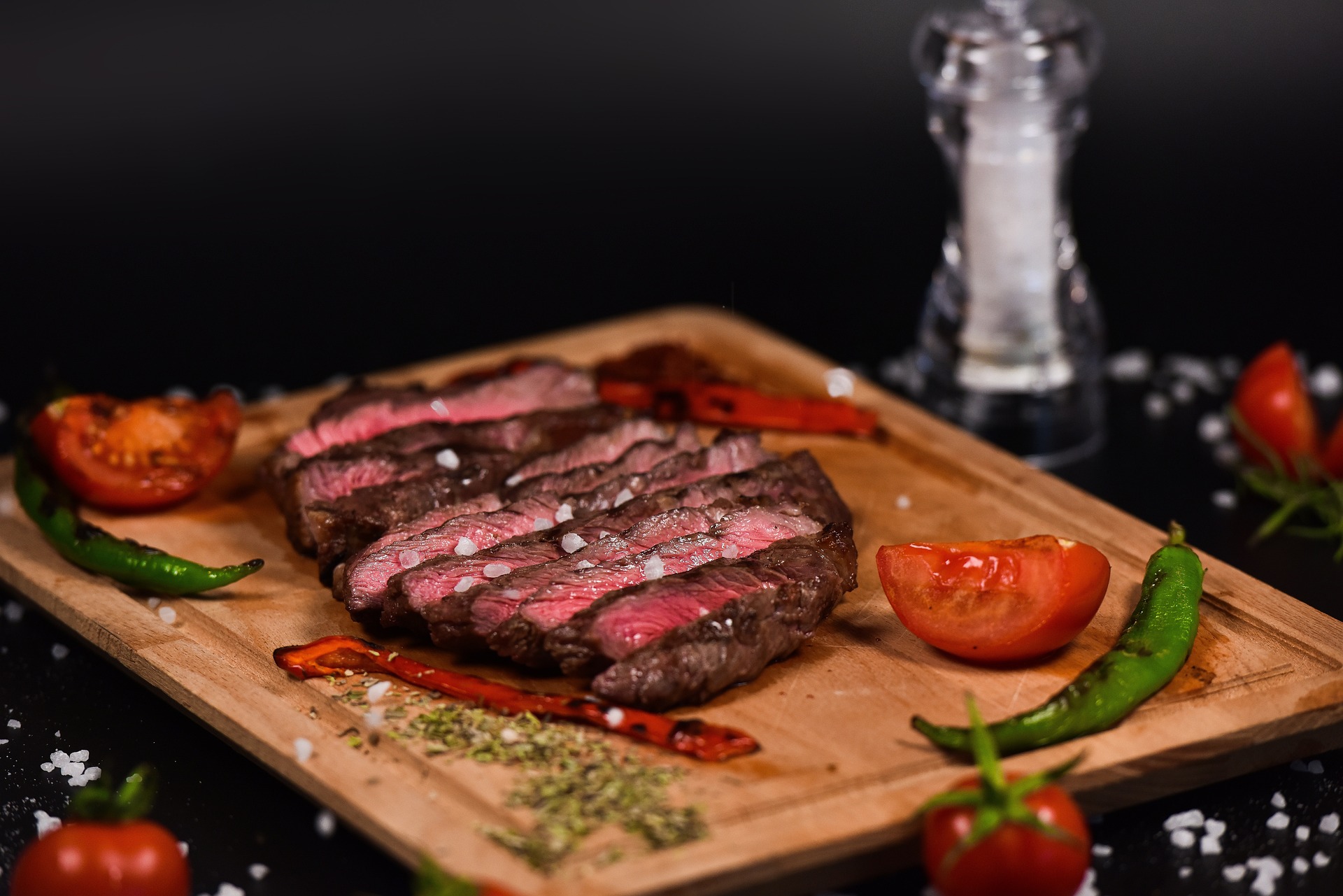The food and beverage (F&B) industry has always been at the forefront of innovation, reflecting cultural shifts, technological advancements, and evolving consumer preferences. In 2025, the industry continues its transformation, embracing sustainability, technology, and health-conscious dining. Let’s explore the top trends defining the global F&B landscape this year.
1. Sustainable and Regenerative Dining
Sustainability has moved from a buzzword to a non-negotiable standard in the F&B industry. In 2025, the focus has shifted to regenerative practices, where restaurants and food producers actively improve ecosystems. Sourcing from regenerative farms, reducing food waste through AI-driven inventory systems, and incorporating carbon-neutral or even carbon-negative operations are becoming the norm.
Consumers are also demanding transparency. QR codes on menus provide detailed information about ingredient origins, including the farm-to-table journey, sustainability certifications, and environmental impact metrics. Restaurants that align with these values are gaining a competitive edge.
2. Plant-Based 3.0: Beyond Alternatives
Plant-based eating has evolved into its third wave. While early iterations focused on mimicking meat, the latest trend emphasizes plant-forward dishes that celebrate natural flavors and textures. Ingredients like jackfruit, seaweed, and lentils are being used creatively, moving beyond “meat substitutes” to star as main ingredients.
Meanwhile, advancements in food technology have given rise to cultivated meat and dairy products. These lab-grown options are increasingly accessible and are reshaping perceptions of what constitutes sustainable protein sources.
3. Functional Foods and Beverages
Health and wellness continue to influence consumer choices, but in 2025, the focus has shifted to functional benefits. Foods and beverages designed to support specific health outcomes—from gut health and immunity to cognitive function and stress relief—are in high demand.
Ingredients like adaptogens, probiotics, and nootropics are being incorporated into everything from coffee to snacks. For example, kombucha and kefir are now mainstream, while newer products like mushroom-based drinks and CBD-infused cocktails are gaining traction.
4. AI and Automation in Dining
Artificial intelligence is reshaping the F&B industry in 2025. AI-driven tools analyze consumer preferences, helping chefs create tailored dining experiences. Automated kitchens equipped with robotic chefs are making waves, offering precision cooking and efficiency, especially in high-volume operations.
In quick-service restaurants, AI-powered kiosks and apps enable seamless ordering, reducing wait times and enhancing customer satisfaction. Additionally, AI-driven inventory management minimizes waste and ensures freshness, aligning with sustainability goals.
5. Hyper-Regional Flavors
As travel becomes more accessible, diners are seeking hyper-regional culinary experiences that offer an authentic taste of specific locales. In 2025, the focus isn’t just on national cuisines but on micro-regions, highlighting unique spices, techniques, and traditions.
For example, Indonesian cuisine is seeing a global surge, with dishes from regions like Padang, Manado, and Bali gaining international acclaim. Similarly, the Mediterranean trend has expanded to showcase lesser-known flavors from Crete, Sicily, and Levantine sub-regions.
6. Experiential Dining
Dining in 2025 is about more than just food; it’s about creating memorable experiences. Restaurants are integrating storytelling into their offerings, using immersive technologies like augmented reality (AR) to transport diners to vineyards, farms, or even fictional worlds.
Pop-up dining events and chef collaborations are also thriving, offering limited-time menus and exclusive experiences that attract food enthusiasts. These events are heavily promoted on social media, driving engagement and building buzz.
7. Zero-Proof Drinks and Elevated Mixology
The global shift toward health-conscious lifestyles has brought non-alcoholic beverages into the spotlight. In 2025, zero-proof cocktails are as sophisticated and thoughtfully crafted as their alcoholic counterparts. Mixologists are experimenting with ingredients like shrubs, bitters, and botanical infusions to create complex, flavorful drinks.
At the same time, alcoholic beverages are undergoing a reinvention, with a focus on low-ABV (alcohol by volume) options and sustainably sourced ingredients. Innovations like AI-assisted flavor profiling are helping craft unique cocktails tailored to individual tastes.
8. Ghost Kitchens and Delivery Evolution
Ghost kitchens, which rose to prominence during the pandemic, have matured into a key component of the F&B industry. In 2025, these virtual kitchens are not only catering to delivery orders but also experimenting with multi-brand concepts under one roof.
The delivery experience has also evolved, with AI-driven logistics ensuring faster and more efficient services. Eco-friendly packaging made from biodegradable or reusable materials is becoming standard, addressing environmental concerns associated with takeout.
9. Tech-Enabled Food Customization
Personalization is a hallmark of 2025 dining. From AI-recommended dishes based on dietary preferences to on-demand 3D-printed snacks, technology is enabling unprecedented levels of customization. Guests can now tailor meals to their exact specifications, including portion sizes, ingredient substitutions, and even plating styles.
Some restaurants are using blockchain technology to offer a guarantee of food authenticity, ensuring diners receive exactly what they ordered, down to the source of each ingredient.
10. Climate-Conscious Menus
In response to growing concerns about climate change, restaurants are designing menus with a lower environmental impact. Dishes featuring seasonal and locally sourced ingredients are prioritized to reduce food miles. Chefs are embracing the “root-to-stem” philosophy, utilizing every part of an ingredient to minimize waste.
Additionally, water-conscious cooking techniques, such as sous-vide and steaming, are becoming more common. Menus now highlight the carbon footprint of each dish, empowering diners to make informed choices.
Conclusion: A Dynamic Future
The food and beverage industry in 2025 is a reflection of global priorities and individual preferences. From sustainability and health consciousness to technological innovation and experiential dining, these trends showcase a sector that is not only adapting to change but driving it.
For consumers, this means more diverse, personalized, and meaningful dining experiences. For industry players, staying ahead requires a commitment to innovation, sustainability, and an understanding of evolving tastes.
As the culinary revolution unfolds, one thing is certain: the future of food and beverage is as exciting as it is delicious.





